Key resources when learning PIT
PIT – UK recommends the following as the primary resources for learning about the theory and practice of PIT
Hobson, R. F. (1985). Forms of Feeling. London: Routledge.

Hobson’s seminal overview of the theory and practice of the conversational model still remains the key text for PIT therapists. We normally recommend that newcomers to the model focus particularly on chapters 11-15, which provide a straightforward description of key theoretical concepts within the model and the basics of PIT practice.
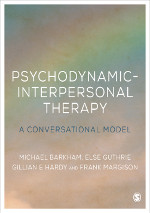
This book provides an overview of research on PIT and a detailed practical guide to using PIT in practice.
The conversational model was inspired by dissatisfaction with aspects of then-current therapeutic approaches (such as the ‘blank-screen’ stance of many in psychodynamic therapists) that Hobson and Meares considered anti-therapeutic or even persecutory. Whilst not strictly on the conversational model itself, the concepts outlined in this paper served as an impetus for the development of key techniques within PIT, specifically aimed at minimising the potential for damage within psychological therapy. It is therefore considered essential reading for therapists who are training in the model.
In addition to these core training materials, trainee therapists may also find the following references useful based on the developments in Australia and New Zealand of the Conversational Model
Books on Conversational Model Theory
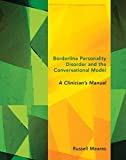
This book provides an accessible introduction to the practice of Conversational Model therapy with patients with a diagnosis of Borderline Personality Disorder (BPD), as practised by Russell Meares and colleagues in Australia. Although specifically focused on BPD, it explores numerous issues that are pertinent to PIT more generally, and provides extensive clinical transcripts that illustrate particular techniques.
Meares, R. (2004) The Conversational Model. American Journal of Psychotherapy, 58, 51-66.
For anyone who is particularly keen to learn about some of the theoretical background to PIT, the following books may be of interest:
Meares, R. (2000). Intimacy and Alienation: Memory, Trauma and Personal Being. London: Brunner-Routledge.
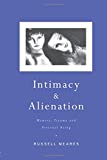
Meares, R. (2005). The Metaphor of Play. London: Brunner-Routledge.
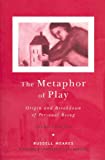
Meares, R. (2012). A Dissociation Model of Borderline Personality Disorder. New York: Norton.
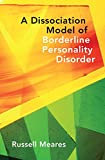
Meares, R. (2016). The Poet’s Voice in the Making of Mind. London: Brunner-Routledge.


Learning to study by observing sessions.
A wide range of process methods has been developed to analyse what is happening within a therapeutic session and many have been used with PI therapy. In developing training for PI therapy we thought that it would be valuable to develop these methods derived from research in a teaching context. There is an almost infinite variety of ways in which such methods could be developed and the examples given below are to be seen as examples rather than definitive.
The first phase of this training encourages the trainee to listen closely to a session by transcribing part of the session as accurately as possible annotating the length of pauses, sections where both participants talk together, hesitations, non-verbal vocalisations, dysfluencies and changes in intonation. This is a time-intensive process, but it reminds the therapist of the complexity of what is happening across many channels of communication in a session. There are several systems in use for transcribing, and outside of the research setting it is not critical that validated methods are used to write down the interchange between therapist and client. However, it is a valuable skill to learn and we recommend, where possible, using a standardised system such as the one described by Mergenthaler and Stinson (1992).
After learning how to transcribe the session the trainee starts to write down process comments. The exact order in which these are introduced is not critical, but a suggested sequence is given which follows a logical development of skills and this is reflected in the comments below.
What the therapist does
The therapist uses a method of describing the structure of what is said. Trainee therapists can use a simplified version of the rating manual described earlier to assess their own interventions or a variety of alternative models discussed by Elliott and colleagues (1987).
Describing the intention behind each intervention
It is useful to distinguish form from intent in analysing therapeutic interventions. One option is to use a system which provides an accessible set of categories to distinguish different reasons why a particular intervention might be used, for example, the List of Therapist Intentions (Hill & O’Grady, 1985).
Discussion of the intentions behind interventions can feel very uncomfortable, but is helpful in developing self-reflective skills. They described some intentions focused on the therapist focusing on feelings, new knowledge and insight, whilst others concerned encouraging and maintaining change and setting limits. These provide little challenge to the therapist other than mastering new concepts.
However, the final group focused on meeting the therapist’s needs (whether to be liked, admired, respected, or reassured) and these are much more challenging for therapists to acknowledge. It requires considerable trust to openly examine less honourable motives that may be driving some interventions.
Robert Hobson encouraged this degree of honesty from those working with him but was always willing to share the experience by talking about difficulties he encountered as a therapist (see for example Hobson, Forms of Feeling, 1985, Chapter 16, pp 261-281).
